I’m taking a break from COVID posts to discuss the demographic earthquake. The following ran in today’s Moscow-Pullman Daily News:
I have been fascinated with demographics ever since reading Paul Ehrlich’s 1968 “The Population Bomb” in high school. In my Feb 2020 Op-ed, I discussed the enrollment cliff facing higher education. There was a precipitous drop in the birth rate during the 2008 depression, and college administrators were preparing for a steep enrollment decline around 2025. That conversation got buried during the COVID hysteria.
Last week Moscow’s world-famous labor market analytics firm, Emsi, released a free, 41-page eBook titled “The Demographic Drought.” I recommend it to everyone (https://bit.ly/3b7teIE). Emsi examined demographic, higher education, and labor market data, exploring how COVID-19 hastened our future.
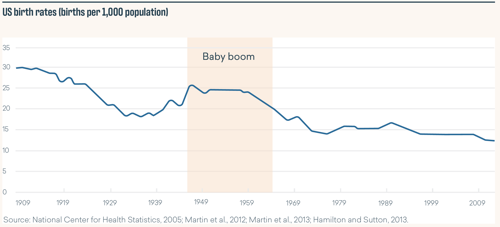
The data first shows how coronavirus and government policies accelerated Baby Boomers exiting the work force, with over 3 million retiring last year rather than the usual 2 million. That gap cannot be filled because around 1970, the US fertility rate fell below the 2.1 replacement rate. There are simply not enough Gen-Xers and Millennials to make up for the loss of Boomers’ in the workforce. By 2028, there will be a deficit of 6 million US workers. And using UN population predictions, by 2100 there will be two Americans financially dependent upon each worker. That 2100 timeline has since been accelerated because the US birth rate fell an additional 4% during the 2020 pandemic.
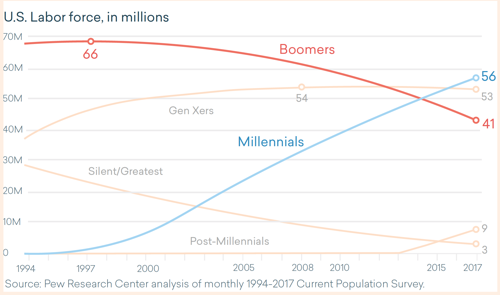
Even today, employers are desperately trying to hire workers, yet workers can’t be found. There were 3 million new unique job postings in April, yet last month the US added a mere 260,000 new jobs to the economy (economists had predicted one million new jobs), and unemployment rose to 6.1%. This was the biggest miss in payroll predictions in American history. Why?
Government policies surrounding coronavirus drove 2.4 million women out of the workforce in 2020. But that is small in comparison to non-working males. Prime-age males (ages 25-54) have been disappearing from the workforce since the 1980s. The Labor Force Participation Rate, which records the percentage of working-aged people who are employed or actively seeking employment, has fallen from 94% in 1980 to 89% in 2019. Nearly 7 million able-bodied American men choose not to work.
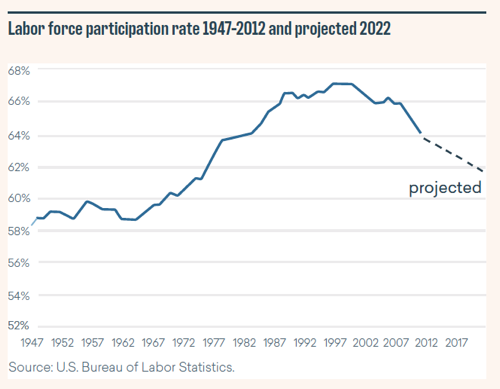
Emsi cites many reasons for this. First, Millennials are inheriting nearly $68 trillion from their Boomer parents by 2030. Why work when you can inherit it all? Second, the opioid crisis has driven many out of the workforce. In 2015 alone, 860,000 prime-age men were absent from the labor force due to opioids. Emsi did not include the 62 million aborted Americans as additional reasons for the labor shortage.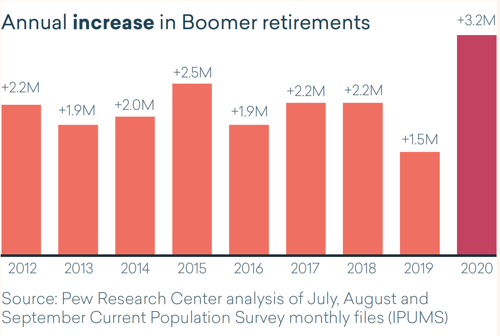
I would also add the increasingly obvious fact that men want to remain boys. In 2014, for the first time since 1880, more men 25-34 were living with their parents than with a spouse. Males increasingly prefer part-time over full-time work. The number of prime-age men opting for a part-time job jumped from 6 million in 2007 to nearly 8 million in 2019. According to NBER Research, the decrease in hours worked by men ages 21-30 exactly mirrored the increase in video game hours played.
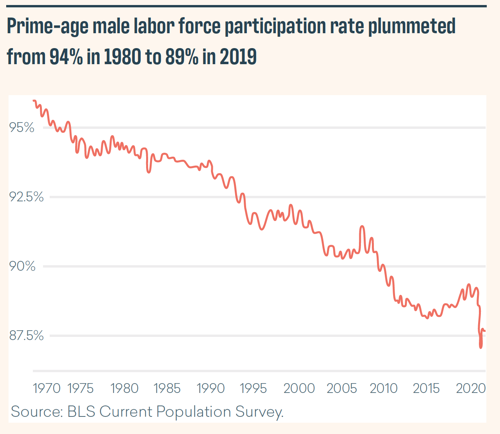 As a sidenote, it pays not to work in Biden’s America. Economists say that anyone earning below $32,000 before COVID can now earn more by staying at home collecting unemployment. Businesses are desperate to recover from the pandemic, but it’s impossible for them to compete with a $32k do-nothing government paycheck. This is a clear example of the economic principle “you get more of what you subsidize” and will be America’s future if universal basic income is instituted.
As a sidenote, it pays not to work in Biden’s America. Economists say that anyone earning below $32,000 before COVID can now earn more by staying at home collecting unemployment. Businesses are desperate to recover from the pandemic, but it’s impossible for them to compete with a $32k do-nothing government paycheck. This is a clear example of the economic principle “you get more of what you subsidize” and will be America’s future if universal basic income is instituted.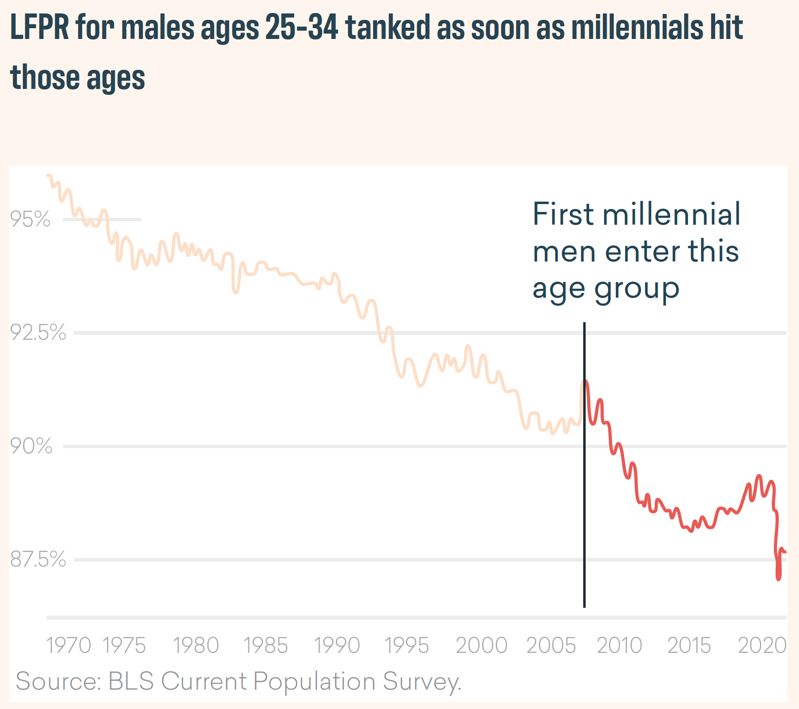
The demographic conversation has been pushed back into the limelight by our government’s fiscal shenanigans. In Biden’s first 100 days in office, he increased federal spending by 15%, driving the US debt to $28.3 trillion. That’s 128% of GDP, with more yet to come from his $2.3t Americans Jobs Plan, $1.8t American Families Plan, and $70t Green New Deal. Even confiscating 100% of baby boomer wealth would not pay for the Democrats’ reckless spending.
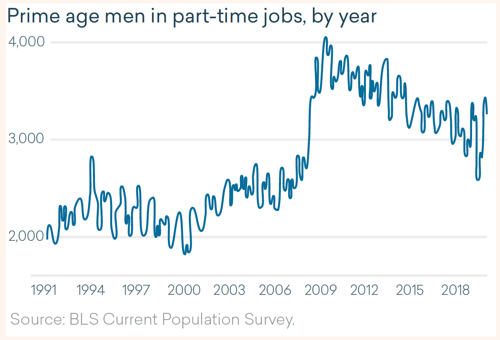 There are fewer workers to pay the bill but more elderly and non-working adults to support. Is it possible to bankrupt a nation? Absolutely. Are the Democrats planning on running up to debt until they find that tipping point? Clearly.
There are fewer workers to pay the bill but more elderly and non-working adults to support. Is it possible to bankrupt a nation? Absolutely. Are the Democrats planning on running up to debt until they find that tipping point? Clearly.